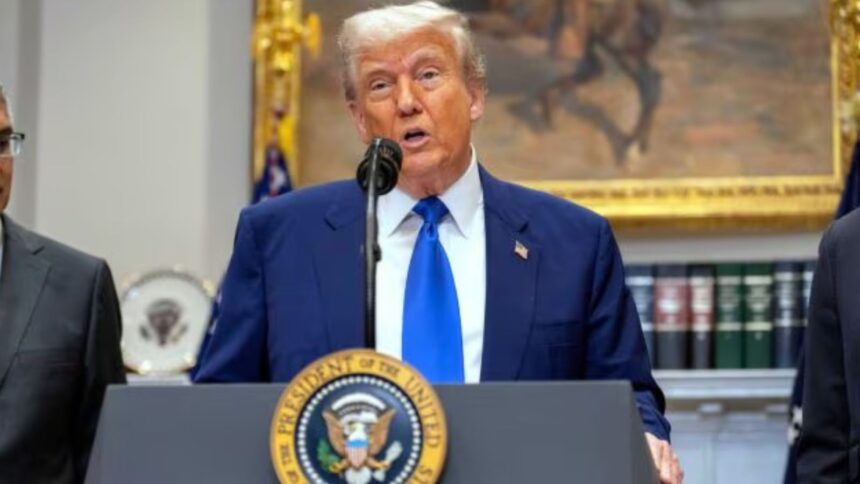For the Donald Trump administration, whose tariff proposals generally have a half life of less than 10 days, a fresh twist in plans should not really come across as a surprise. But for a majority of countries waiting to know about what tariffs the new Trump administration has in store for them before the 90-day pause runs out, Washington DC has a fresh suggestion: just check your mailbox.
Trump’s latest plan, while acknowledging that his own self-imposed 90-day deadline to make trade deals with some 180-odd countries is simply too tight to meet, there are hints of a surprising tweak. Since he admittedly does not have time to strike agreements with most countries, Trump’s simply going to start tariffing most of these countries without any deliberations at all. “So at a certain point over the next two to three weeks, I think Scott (Bessent) and Howard (Lutnick) will be sending letters out essentially telling people — and we’ll be very fair — but we’ll be telling people what they will be paying to do business in the United States,” Trump said while speaking at a roundtable in the recently-concluded United Arab Emirates trip.
‘Not possible to meet everybody’
Acknowledging there was not enough time to meet with every country that the US had hit with tariffs in early April, Trump said Treasury Secretary Bessent and Commerce Secretary Lutnick would begin their outreach to those nations soon. “I guess you could say they could appeal it, but for the most part I think we’re going to be very fair,” he said. “But it’s not possible to meet the number of people that want to see us.”
On April 2, the American president levied a 10 per cent tariff on all imports and higher additional tariffs on dozens of countries that had larger trade imbalances with the US. Trump later announced a 90-day pause on those higher tariffs, allowing time for nations to negotiate trade deals.
Subsequently, the US has announced agreements with the United Kingdom and an interim deal with China to lower tariffs, though Trump has signaled that his proposed 10 per cent rate will be a floor for all countries. Talks are underway with India, and a delegation led by commerce minister is in the US currently to thrash out details of a proposed trade deal.
On May 8, the White House had inked a trade agreement with the UK, two days after India inked a similar pact with it. Then on May 12, the US and China agreed to drastically roll back tariffs on each other’s goods for an initial 90-day period, in a surprise breakthrough that has de-escalated a bruising trade war between the world’s top two economies. The announcement, which was made in a joint statement, came after a weekend of marathon trade negotiations in Geneva, Switzerland by officials from both countries.
For most other nations now, the prospect of getting letters from Lutnick or Bessent is a real possibility, dictating what tariffs they will face. “We have… 150 countries that want to make a deal, but we’re not able to see that many countries… I think Scott and Howard will be sending letters out… It’s not possible to meet the number of people that want to see us,” Trump said in the UAE.
Goyal’s visit to Washington is expected to help evaluate the status of the negotiations regarding the proposed trade deal, where he is scheduled to meet with Secretary Lutnick and US Trade Representative Jamieson Greer.
The problem with Trump’s unilaterally announced tariffs on 195 countries, is that the calculations of his so-called “reciprocal tariffs” are largely arbitrary. Meanwhile the clock is ticking on the 90-day pause, both on the universal, reciprocal tariffs and on the China tariffs.








